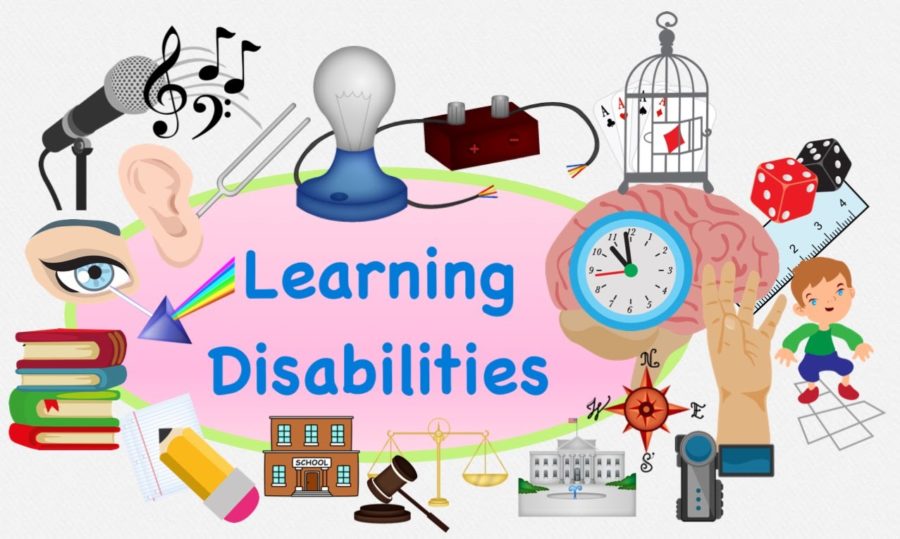Learning Differences
May 21, 2018
According to the National Institute of Child Health and Human Development, around 4.6 million school-age children in the United States have been diagnosed with learning disabilities. Schools across the nation attempt to assist these students in various forms, such as through extended time on assignments and exams. However, due to the influx of unreliable diagnoses and people taking advantage of the school system, it has sparked controversy.
After interviewing a Marymount student who has experienced the second-hand difficulties of watching her brother face Attention Deficit Hyperactivity Disorder, also known as ADHD, she has expressed several concerns on how even students in the Marymount community were undermining the actual hardships that the diagnosed students faced.
Her brother, S, has dealt with his learning disability of ADHD since he was born. Because learning disabilities aren’t perceivable visibly, S’ parents began to notice that there was something different about him when he was placed in his kindergarten class. S did not speak nearly as much as an ordinary kindergartener and did not seem to focus properly at tasks at hand. After realizing that he was different from his classmates, he was held back a year in kindergarten, as he was not ready to move up.
In order to fully affirm his diagnosis, S was tested in a span of two weeks. The ADHD testing is composed of an interview with the parents, personal watching, questionnaires and rating scales, and various psychological tests. In addition, S had to attend speech therapy twice a week; however, he says that he hated going there and always asked why his other siblings did not have to do the same.
The Marymount student described how her family has never treated him differently or viewed him as inferior due to his learning difference. In order to establish a more comfortable class environment, he was transferred to Park Century, a school designed for students dealing with a myriad of learning disabilities. His concentration will always remain a problem but has improved significantly through education and support; however, his self-esteem suffers daily with the routine pill intake and the comments he received from insensitive friends. Throughout his childhood, his friends and people who did not know him would constantly pick and make fun of him for his grammatically incorrect speech and diction. The Marymount student accounts of the moment when her brother came home from school one day, breaking down and asking her, “Why am I so stupid?”
After spending years at Park Century, his needs are being met and S was finally able to see his true intelligence shine and express the way it always should have. S believes that his major struggles from the societal influence on others’ opinions and actions toward him. Despite his learning differences, S sits down and completes all his homework immediately when he gets home; he does not go to bed until all of his bags and folders are ready to go for the morning.
Just because learning differences are not transparent and perceptible does not mean one can hold the judgment that they are less severe than other disabilities and diseases. Furthermore, just because one has a learning disability does not make them less of a hard worker; if anything, they work even harder than the average person. Another important aspect to consider is the fact that no one should ever abuse the offer of the extended time for their own personal gain because it undermines the necessity of fit for the people who actually rely on it.



